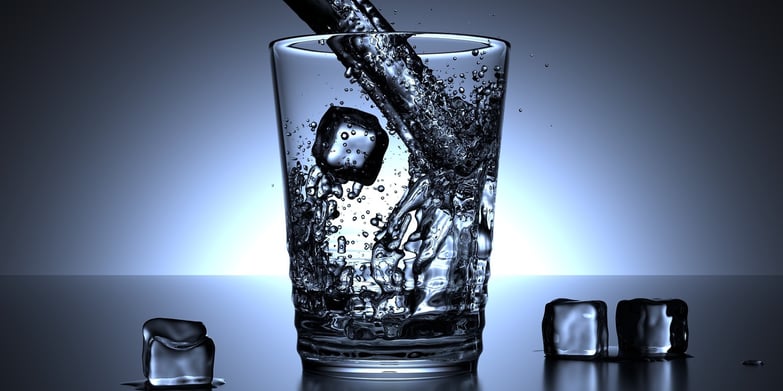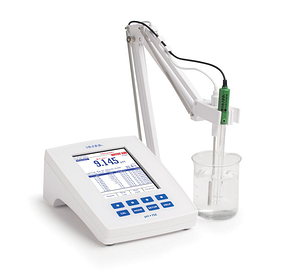
The use of fluoride as an additive to drinking water has been a highly debated topic for over 70 years. Although fluoride occurs naturally in many water sources, it is often added to water supply systems to provide health benefits to the public. While the positive effects of fluoride on dental health have been scientifically proven, many citizens are concerned about the effects of fluoridated water on their health and believe that fluoridation is a freedom of choice issue.
The history of fluoridating water dates back to the early 1900s when Dr. Frederick McKay, a young dentist from Colorado, observed many of his patients from the Pikes Peak region displaying stained and pitted teeth, known as fluorosis. However, he noticed that these patients had fewer cavities than many of his other patients. Scientists originally believed the cause was calcium related.
After decades of research, it was concluded that runoff water from the Pikes Peak rock formations contained high amounts of fluorine minerals that raised fluoride levels in the region’s water supply. As more research was conducted and published, word spread about the health benefits of fluoride when administered at proper dosages. By the 1950s, pilot programs were introduced to measure the health benefits of artificial fluoridation on drinking water. These test programs were highly successful in preventing tooth decay, leading to widespread acceptance of artificial fluoridation.
As of 2015, nearly 70% of the U.S. population receives fluoridated water. Fluoride can be added to drinking water in various forms such as fluorosilicic acid, sodium fluorosilicate and sodium fluoride. Fluoride is also used to fortify certain dental hygiene products such as toothpastes and mouthwashes.

A drinking water treatment plant contacted Hanna Instruments for a way to measure fluoride in their source water and finished drinking water. By testing fluoride concentration in their source water, the treatment plant could adjust their fluoride addition and ensure compliance with the Environmental Protection Agency’s maximum contaminant levels of 4.0 mg/L as well as their local permit limit of 1.5 mg/L. Hanna Instruments suggested the Laboratory Research Grade Two Channel Benchtop pH/mV/ISE Meter - HI5222 with the Fluoride Half-Cell Ion Selective Electrode (ISE) - HI4010 and the Reference Electrode for ISE Half-Cells - HI5315.
Hanna Instruments suggested that the customer use the "known addition" incremental method feature built into the HI5222 for measurement of fluoride at low concentrations. In this method, the user performs a sample reading both before and after adding a standard of known concentrationto the sample. The HI5222 provides built-in prompts and formulas for multiple incremental methods to guide the user through the procedure without having to perform manual calculations.
The customer appreciated the ease of use in taking measurements as well as the increased accuracy and repeatability of the known addition method. The 100,000 data point capacity (per channel) enabled them to store and recall large amounts of data without worrying about exceeding memory limits. Overall, the customer valued the accuracy and ease of testing fluoride levels using the HI5222 and fluoride ISE.
As a leader in innovation Hanna Instruments developed the HALO Wireless pH Meter, which uses Bluetooth Smart Technology to connect to Apple and Android devices running the Hanna Lab App.
Continuing with this tradition, the Hanna Instruments Blog is devoted to sharing the latest in product overviews, how-to guides, and industry specific news to our ever-growing audience.
Contact us at sales@hannainst.com.
